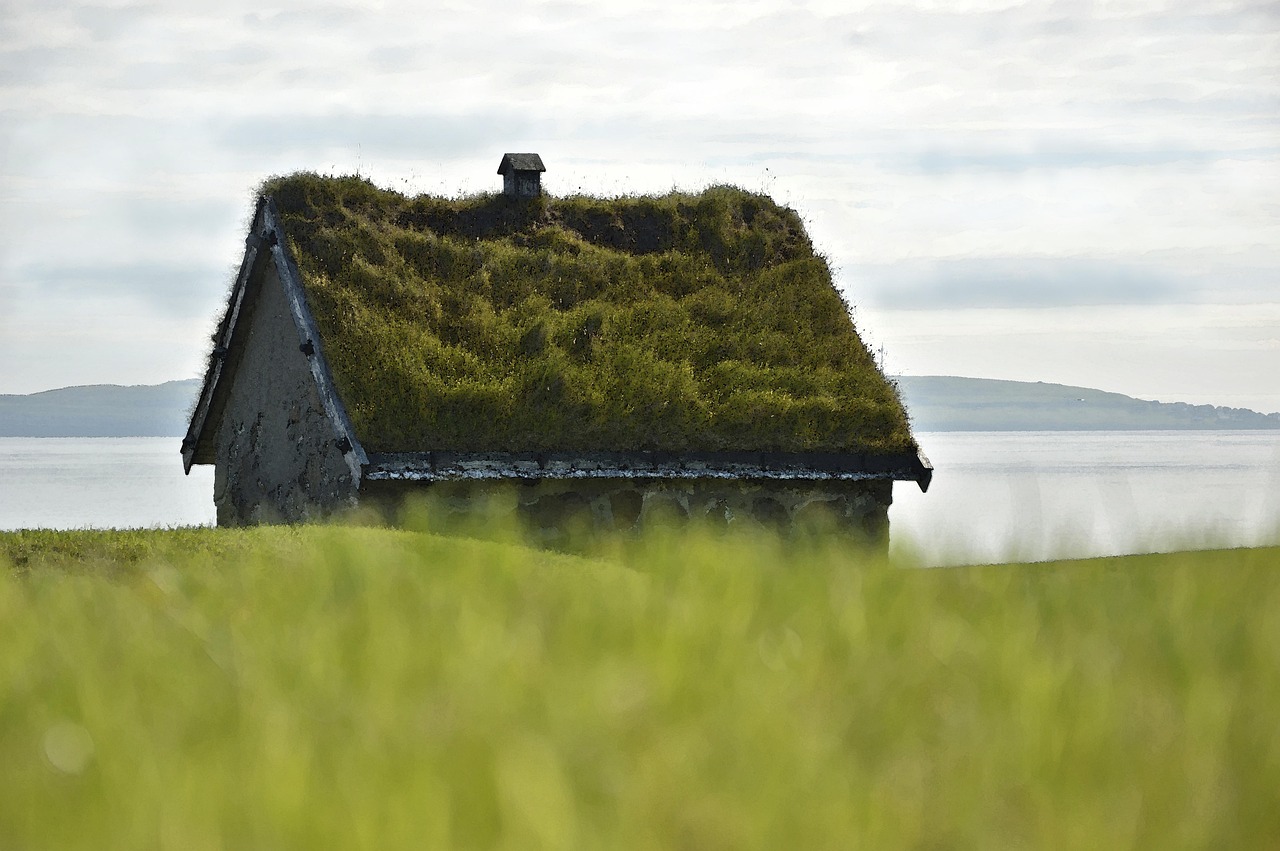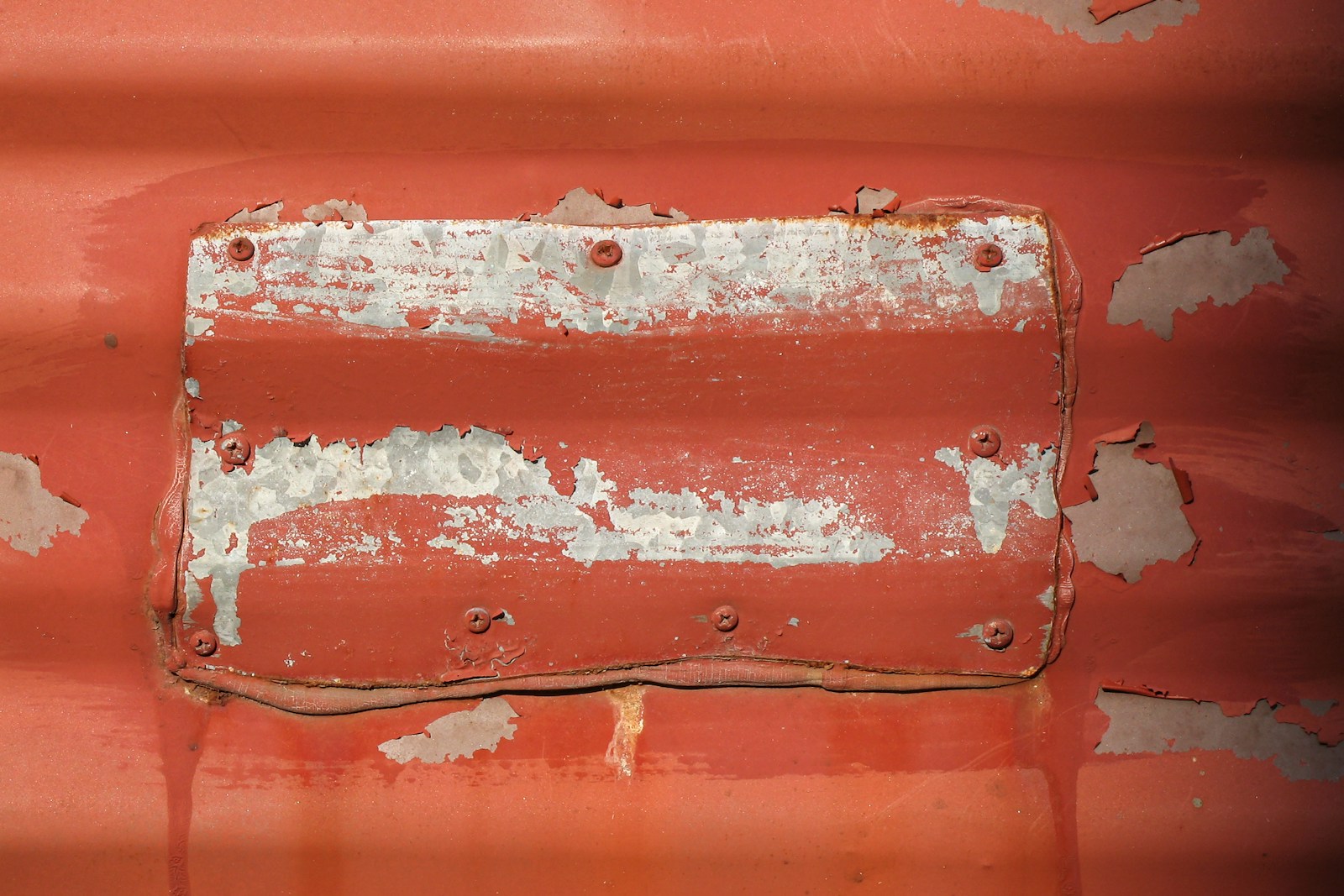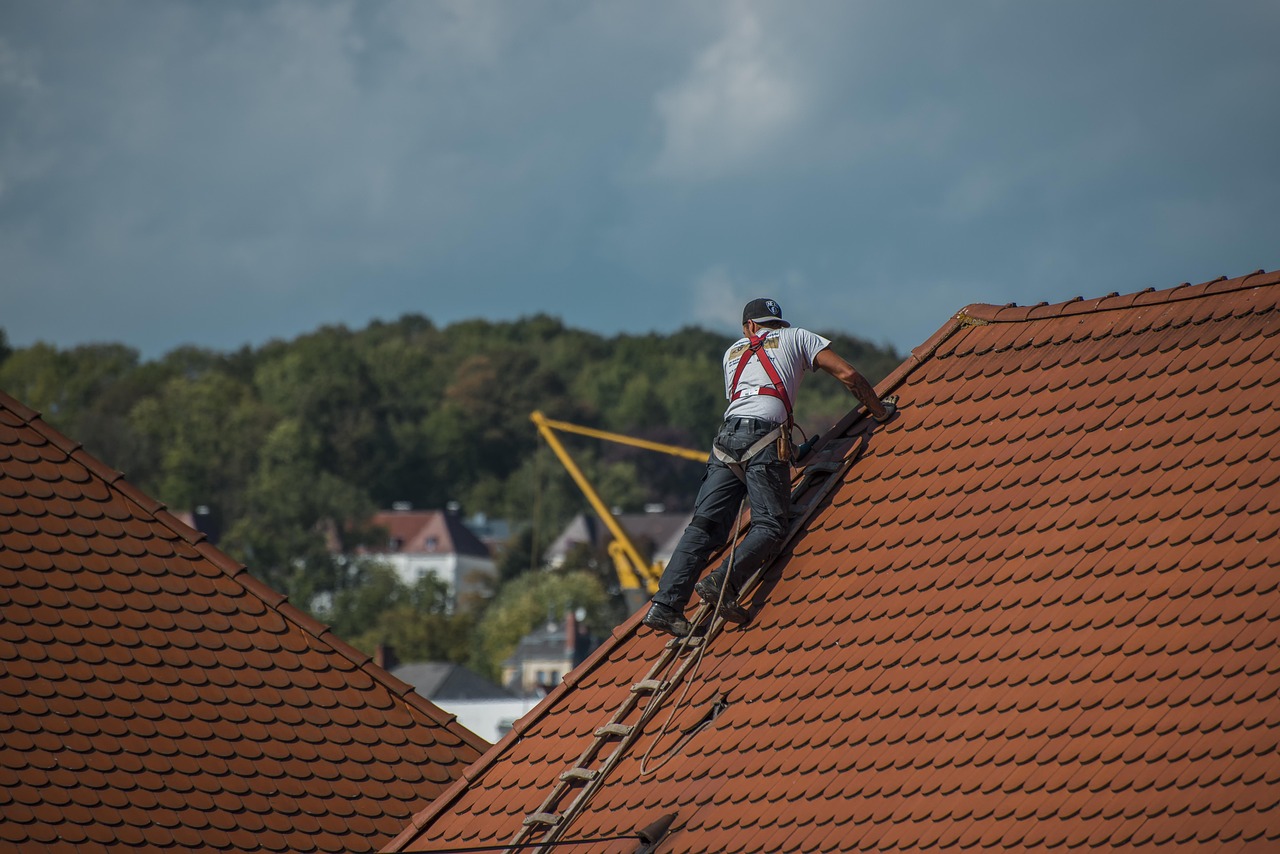So… green roofs. They look cool, right? Like something out of a dreamy European eco-brochure. Or those science museum dioramas where everyone’s walking around with little baskets of kale and the bees are, somehow, not angry. But yeah — they aren’t just some Pinterest thing anymore. People actually do this. Put soil and plants on top of buildings. Which sounds wholesome until… someone tells you it’s illegal where they live. Wait, what? Illegal? Plants? Roofs? Dirt?
Well, buckle up, cause it gets weird.
The HOA Said No. Of Course They Did.
Let’s start with the obvious boogeyman. Three letters that strike fear in the hearts of people who just wanted to paint their mailbox turquoise. HOA.
Homeowners’ Associations love rules. They print them out in fonts that should’ve died in the ’90s. They care deeply about grass length and mailbox flags and uniformity. Green roofs? Not exactly cookie-cutter suburbia. A roof with clover and thyme and creeping sedum doesn’t scream “Stepford,” you know?
Someone in one of those meetings — probably Steve — pipes up like, “What if someone plants marijuana up there?” And now suddenly your drought-resistant roof is a “public nuisance.” There’s no reasoning. They’ll quote some clause from a 1993 bylaw that references “aesthetic cohesion” or something. That’s how these things go.
Homeowners associations (HOAs) are usually formed within communities or neighborhoods of single-family homes or multiple-unit buildings such as townhomes or condominiums. An HOA is typically established to make and enforce rules regarding the properties within the jurisdiction. HOAs are composed of and run by the community’s residents. Membership is usually a requirement to buy a home within a community where an HOA has been established. An HOA usually has a board of directors or governors. These groups are elected to enforce and oversee the HOA’s rules and regulations. An HOA typically describes its rules as restrictive covenants in a document called a Declaration of Covenants, Conditions, and Restrictions (CC&Rs).
https://www.investopedia.com/terms/h/hoa.asp
Insurance People Don’t Like Surprises. Especially Leafy Ones.
Insurance companies — they get twitchy. You show them a roof with soil and roots and they start sweating through their corporate polos. Because technically, you’ve changed the “load-bearing” profile of your structure. Even if you’ve reinforced the thing. Even if your architect literally put his stamp on it. Doesn’t matter.
One guy I knew — lived out near Philly — had a perfectly engineered green roof. The insurance inspector shows up, doesn’t say a word, just starts taking photos. Two weeks later, they canceled his policy. Called it a “liability issue related to non-conforming structural modifications.” He ended up having to reclassify his entire building.
So yeah. Sometimes it’s not the plants that cause the problem. It’s the people in ties who think plants mean risk.
The market size, measured by revenue, of the Roofing Contractors industry is $48.6B in 2021, and this industry has grown 1.3% per year on average over the last five years. Amid rising demand, industry operators are expected to hire more workers as the single-family housing, multifamily housing, and nonresidential markets expand.
https://www.amwins.com/products/roofing-operations
Some Cities Still Think Tar is Sexy
You’d think by now we’d agree: blacktop roofs in Arizona? That’s madness. But nope. Some building codes still list traditional roofing materials like tar, asphalt shingles, and metal as the only acceptable coverings. Which makes sense if you’re stuck in 1982.
There are municipalities — especially in the Midwest — where green roofs just aren’t in the codebooks. Like, at all. Not prohibited, not allowed. Just nonexistent. And when something isn’t explicitly allowed? Bureaucrats panic.
So even if you’re not technically doing anything “wrong,” your building permit might get denied just because someone in zoning got confused. Or worse — they send your file into “review,” which in government speak means “sit on it until someone retires.”
Weird Loopholes and the Bird Argument
Here’s a fun one. Some neighborhoods have noise ordinances. You wouldn’t think that matters until your green roof starts attracting birds. Like, actual chirping flocks. Maybe you planted some native grasses. Maybe you got bees. Suddenly, Mrs. Jenkins next door — who hasn’t opened her curtains since the Bush administration — files a complaint about “unregulated wildlife disturbances.”
It’s real. A dude in Denver had to remove part of his rooftop garden because of bird complaints. The official citation referenced a “potential nuisance of nesting activity beyond acceptable decibel thresholds.” That’s not even satire. That’s an actual sentence someone typed into a government form.
Fire Codes and the Fear of Composting Buildings
Fire marshals? They don’t care about pollinators. They care about things not burning down. And green roofs — if done badly — can trap heat in ways that fire codes weren’t built to handle.
If the plants dry out, if the drainage fails, if the substrate builds up too much… suddenly your eco-roof is a big spongy tinderbox. One spark, and boom, it’s a horticultural inferno.
There are cases (check Marin County, CA) where green roofs were banned outright on residential buildings under certain square footage. Reason? “Increased risk of uncontained rooftop ignition.” Which, okay, sounds dramatic — but if you live in a place with wildfires, it’s not totally nonsense.
Still feels harsh though. Like blaming a tomato plant for arson.
Fire safety is a paramount concern in both residential and commercial settings, and fire codes serve as a crucial framework to mitigate fire risks and safeguard lives and property. In this comprehensive blog, we will explore code necessity, their correlation with fire protection, fire suppression, and compliance, and how a professional fire protection company can assist in meeting these requirements. We will also delve into the importance of adherence to these standards, how fire protection companies like Western States Fire Protection play a vital role in ensuring fire safety and code compliance, and how we can assist you in creating a fire-safe environment.
https://www.wsfp.com/fire-codes-and-fire-protection/
Drainage Drama: Where Rainwater Becomes The Villain
People forget this part. Plants need water, yeah, but roofs aren’t exactly built to be swamps. You throw a few inches of soil up there, some moisture-retaining mats, a layer of sedum… and then it rains for four days. Now your roof weighs 5,000 pounds more than it did when it was built.
If the roof isn’t sloped right? Water doesn’t drain properly. It pools. And in places like Texas or Florida? That’s mosquito city. You know who hates mosquitoes? Everyone. But especially city code officers.
Some areas outright restrict green roofs because of outdated drainage standards. Like, instead of updating their water runoff codes, they just… ban the whole thing. Classic overkill.
Politics, Weirdly Enough
You’d be surprised how political a plant-covered roof can be. Some people see it as a symbol. Of… what? Environmentalism? Urban elitism? Anti-development? Hard to say. But there are towns — mostly smaller, more conservative-leaning ones — where green roofs are seen as a kind of “statement.” And not everyone likes statements.
Saw a town council meeting online where a guy — red-faced, veins doing their own dance — was yelling about “leftist moss agendas.” You can’t make this stuff up. The proposal was just for a tiny rooftop herb garden on a public library. The man said it would “indoctrinate kids into climate alarmism.”
So yeah. Even if it’s just thyme and chives, some people will find a way to make it partisan.
But Isn’t It Just… A Roof with Plants?
You’d think so. You’d really think so. But no. Once you start layering root barriers, waterproof membranes, irrigation lines, solar panels (because why not?), and integrating HVAC vent routing… suddenly you’re doing light civil engineering. On your house.
And cities freak out when residents start doing engineering. Unless you’re certified, stamped, and approved — every piece of it — you’ll get red-flagged in a second. One homeowner in Seattle got a fine just for starting to install his own living roof without a licensed contractor. Even though he was a structural engineer. That’s the level of weird we’re dealing with.
Final Thought? Or Kinda.
So yeah. Green roofs. Beautiful, sustainable, efficient, bird-happy, butterfly-thriving little miracles… that might also get you fined, reported, cited, or banned outright.
It’s this strange paradox — like we all say we want greener cities, but when someone actually starts growing wildflowers on a shed, the paperwork goes nuclear. Maybe it’s control. Maybe it’s fear of difference. Maybe it’s just the fact that most systems — legal, architectural, bureaucratic — were designed decades ago when “eco-friendly” meant buying a smaller fridge.
Anyway, you still want one? You better check with the city. Then the county. Then your HOA. Then your insurance. Then the fire marshal. Then probably Steve. Steve knows everything. Especially when it’s stuff he hates.





